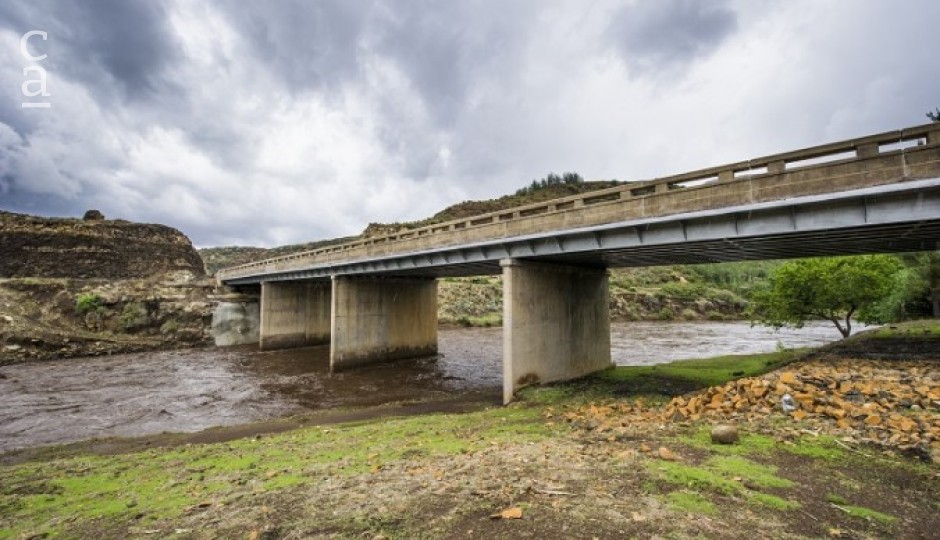Southern Africa
Lesotho Awards Contract for Senqu Bridge Construction
WRES Senqu Bridge Joint Venture to complete the project in three years.

The Lesotho Highlands Development Authority (LHDA) has awarded the contract for constructing the Senqu Bridge to the WRES Senqu Bridge Joint Venture. Construction will begin shortly and is expected to take three years to complete.
The contract is valued at approximately M2 billion (2 billion maloti).
The WRES Joint Venture includes South
Want to continue?
Subscribe to get access to premium content
By subscribing you get access to the Newsfeed, Tenders, Events



